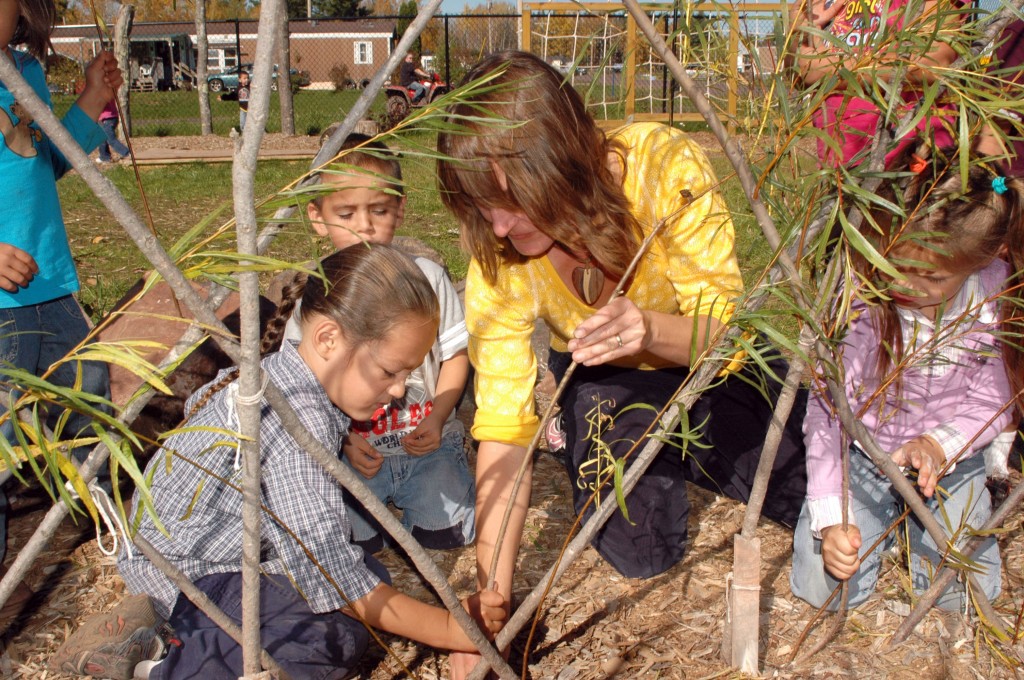
Photo by: Jamie Rose Scott
Menominee Nation takes steps in the right direction to combat rising obesity among children
By: Heather Laing
One early December morning back in 2011, members of the Menominee Nation in northeastern Wisconsin joined in prayer as they gathered excitedly for a ribbon-cutting ceremony.
To many, this day marked a healthy change and new opportunity, a pivotal point in improving lifestyles of both the reservation community and its people.
Keshena, Wis., was celebrating the opening of a brand new Save-A-Lot grocery store. As the first supermarket to appear on the reservation in the last decade, the store finally provided parents with easier access to the resources they needed to prepare healthy meals for their children.
Before the store’s opening, limited access to nutritional foods made preparing a leafy green salad or replenishing a fruit bowl harder tasks than expected. In children’s homes and schools, potato chip crumbs and empty soda cans comprised most of a trashcan’s contents.
For this very reason, the Menominee reservation has continually been deemed a “food desert,” leaving families stranded from foods of high nutritional value. Busy mothers and children walking home from school often turn to corner stores and gas stations to satisfy their hunger. Packaged foods and overpriced produce characterize much of what is found at these stores. For families living on a limited food budget, chicken nuggets and frozen pizzas are much easier to afford.
“When people are in food deserts, they tend to eat the foods that are in those areas because they are accessible, and especially in impoverished areas, 30 miles is a long way to go to get to a grocery store,” Doctor Alexandra Adams points out, referring to the long drive to find a full-service grocery store prior to Save-A-Lot’s opening.
Now only minutes away from residential areas, even walking to the new grocery store can be an option—and a healthy one at that.
Associate Professor at the UW-Madison Department of Family Medicine, Adams has spent over a decade researching trends and implementing intervention studies within the Menominee reservation community. An expert on pediatric obesity and American Indian health, Adams states, “We know that obesity in American Indian children is rising as quickly as other groups, and hasn’t started to plateau the way it has in some other groups”.
According to Adams, obesity rates among American Indian children are the highest of any race or ethnic group in the United States. Woman Infant and Children (WIC) data show that American Indian preschool obesity rates are the highest nationally, at 21 percent.
Both Adams and her colleagues note that strong support systems are necessary to help spur a healthy change. Mothers and grandmothers are key figures in instilling proper eating habits. As in many American Indian cultures, elder figures are often responsible for passing down knowledge of food preparation to the next generations. To foster positive growth, Adams and her research team emphasize teaching parents how to make healthy foods they know their children will like.
To do so, they created Healthy Children Strong Families (HCSF), a family-based intervention study that fosters healthy lifestyles for families and their children aged 2 to 5.
